Japan’s Kansai International Airport is making headlines as it slowly sinks beneath the waters of the eastern part of the Seto Inland Sea.
The airport, which serves Japan’s second-largest city, Osaka, was built on top of the water over three decades ago. However, it has sunk over 38 feet since then, and experts surmise parts could be fully submerged by 2056.
Construction of Kansai Airport
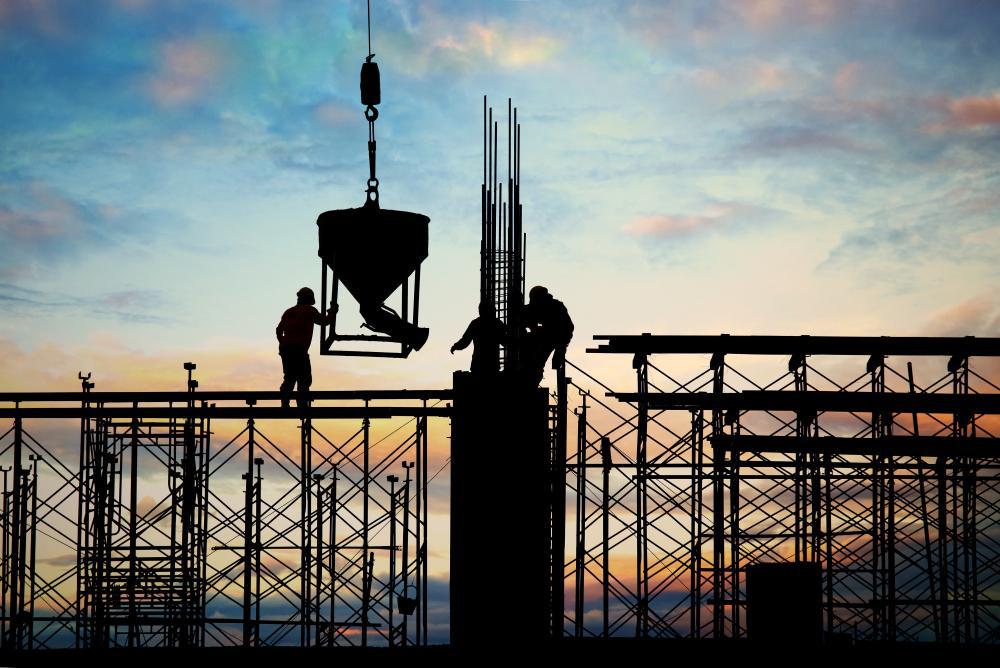
In the 1980s, Japanese politicians and business people concluded that the small airport of Kansai, which served major cities including Osaka and Kyoto, wasn’t big enough (via MSN).
Many were quick to say it was affecting the trade of the region. So, to compete with locations such as Tokyo, a new airport would need to be built. However, there was one problem: the local Kansai airport lacked any space to extend.
Floating Airport Under Construction
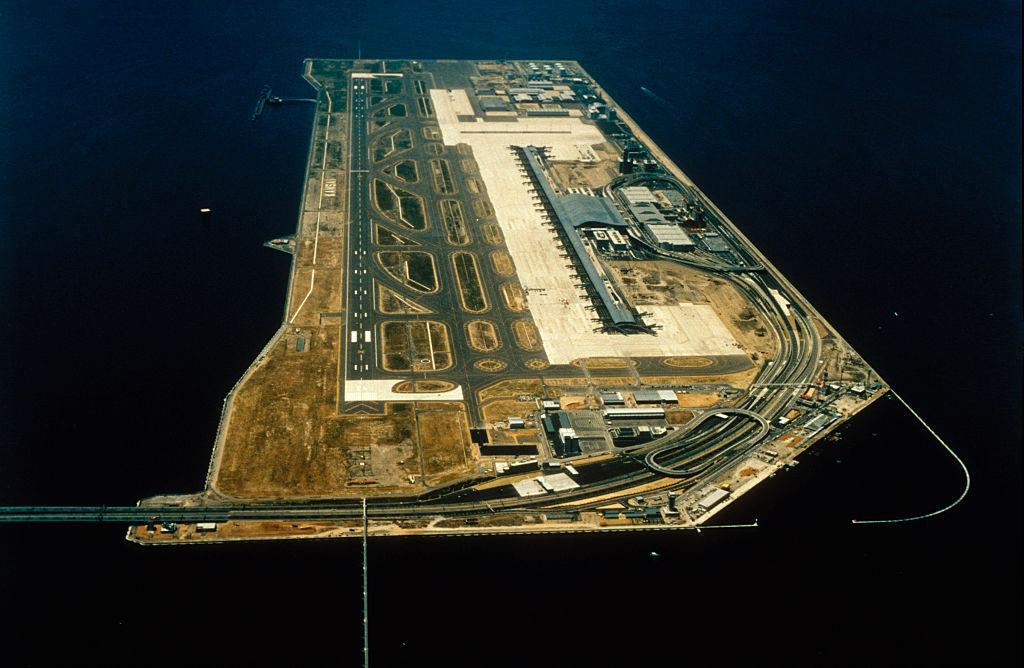
Engineers and leaders eventually decided that the best idea was to build an entirely new airport on two artificial islands in the middle of Osaka Bay.
Construction began in 1987, and following seven years of work and £15 billion ($19 billion), the new Kansai airport officially opened to the public in 1994.
Natural Disasters Hit The Airport

In the years that followed, the airport became a hub for airlines, including Japan Airlines, All Nippon, and Nippon Cargo, all of which helped boost the region’s economy.
However, the airport was soon subject to Japan’s harsh weather, and many natural disasters came one after another. Just one year after opening, it was partially damaged by the Great Hanshin Earthquake. In 2018, seawater flooded the runways after a typhoon swept through the area.
Japan’s History With Natural Disasters
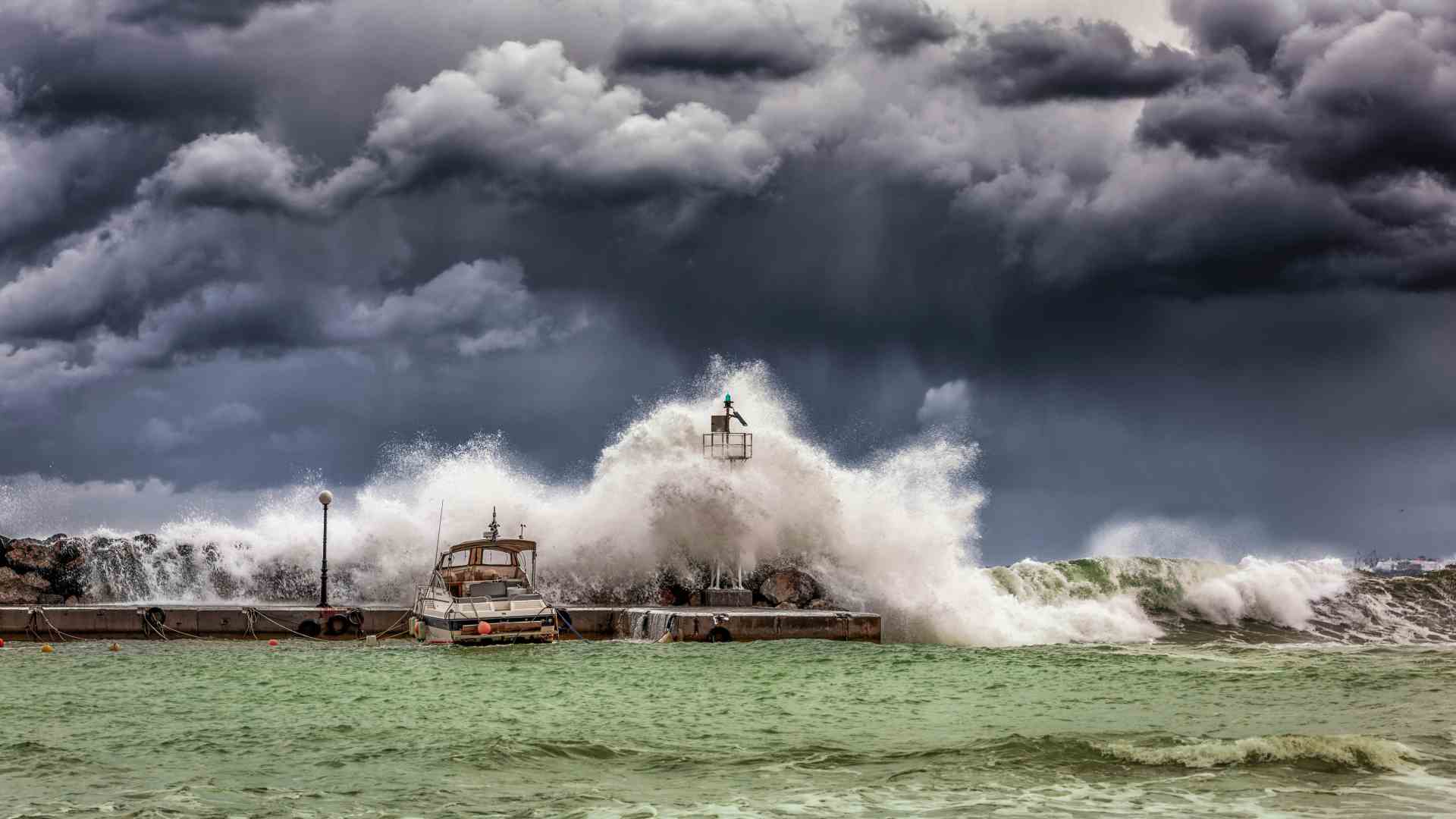
Japan is one of the most affected countries in the world when it comes to natural disasters. The location the country is located is a hotspot for various calamities like earthquakes, tsunamis, floods, landslides, and volcanic eruptions.
Ordinary life in Japan is often interrupted by natural events both large and small. While people have adjusted to the frequency of these disasters, they can still have profound negative impacts.
Earthquakes in Japan

Japan experiences regular earthquakes, with many of them extremely powerful. One reason for this frequency of earthquakes is the country’s location on tectonic plates. It is situated on the collision area of four major tectonic plates. Two of these plates are large continental plates and are constantly colliding.
Japanese residents experience around 1,500 earthquakes yearly, which equates to around four per day on average.
Japanese Storms and Typhoons
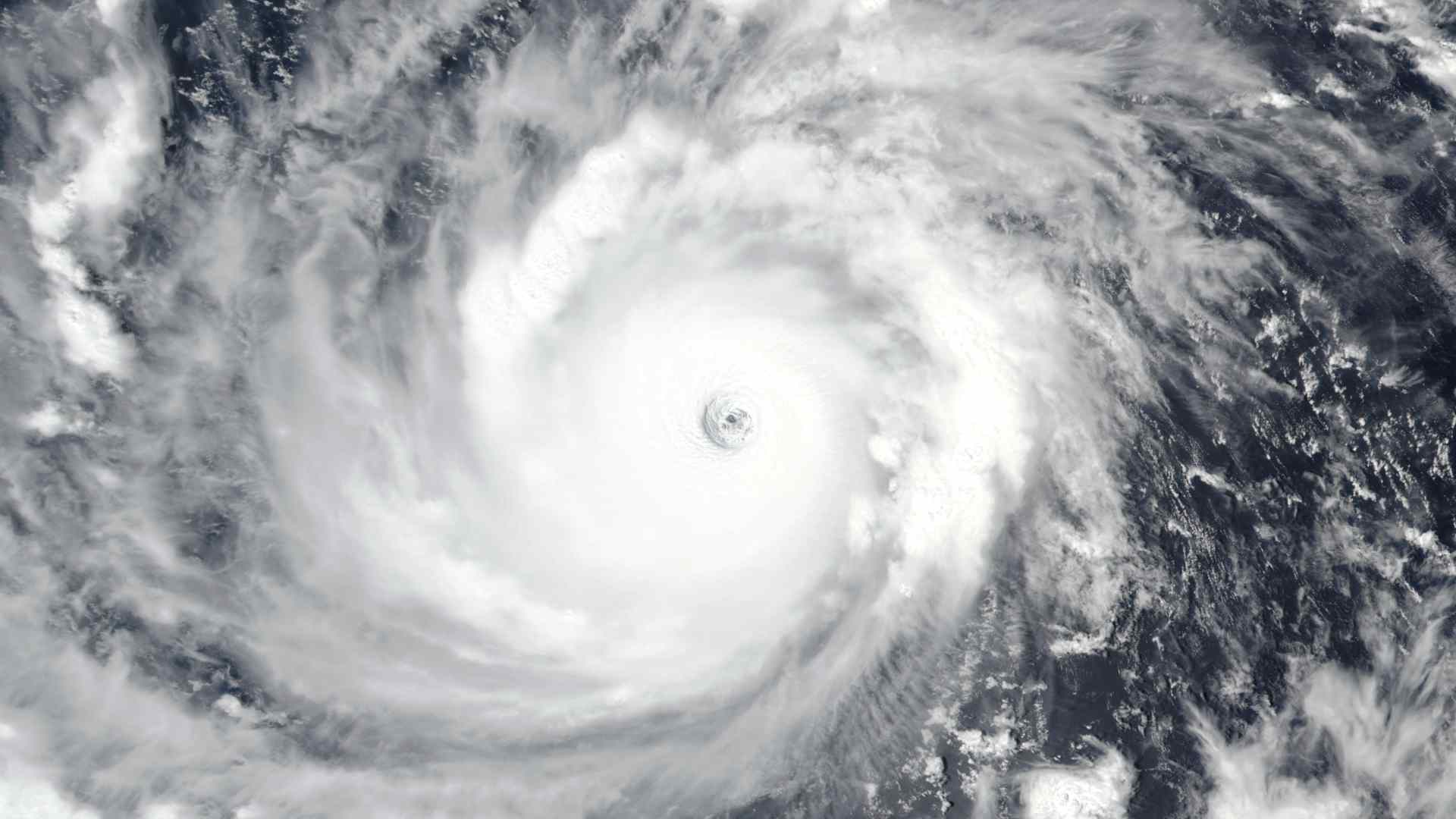
Japan experiences various types of storms that change with the season. One type of storm that is dangerous to Japan is a typhoon.
These are a tropical storm that impacts Japan mostly between August and October. Residents experience a deluge of rain and high-speed winds. They cause significant damage to homes and injure tens of people every year.
Volcanic Activity
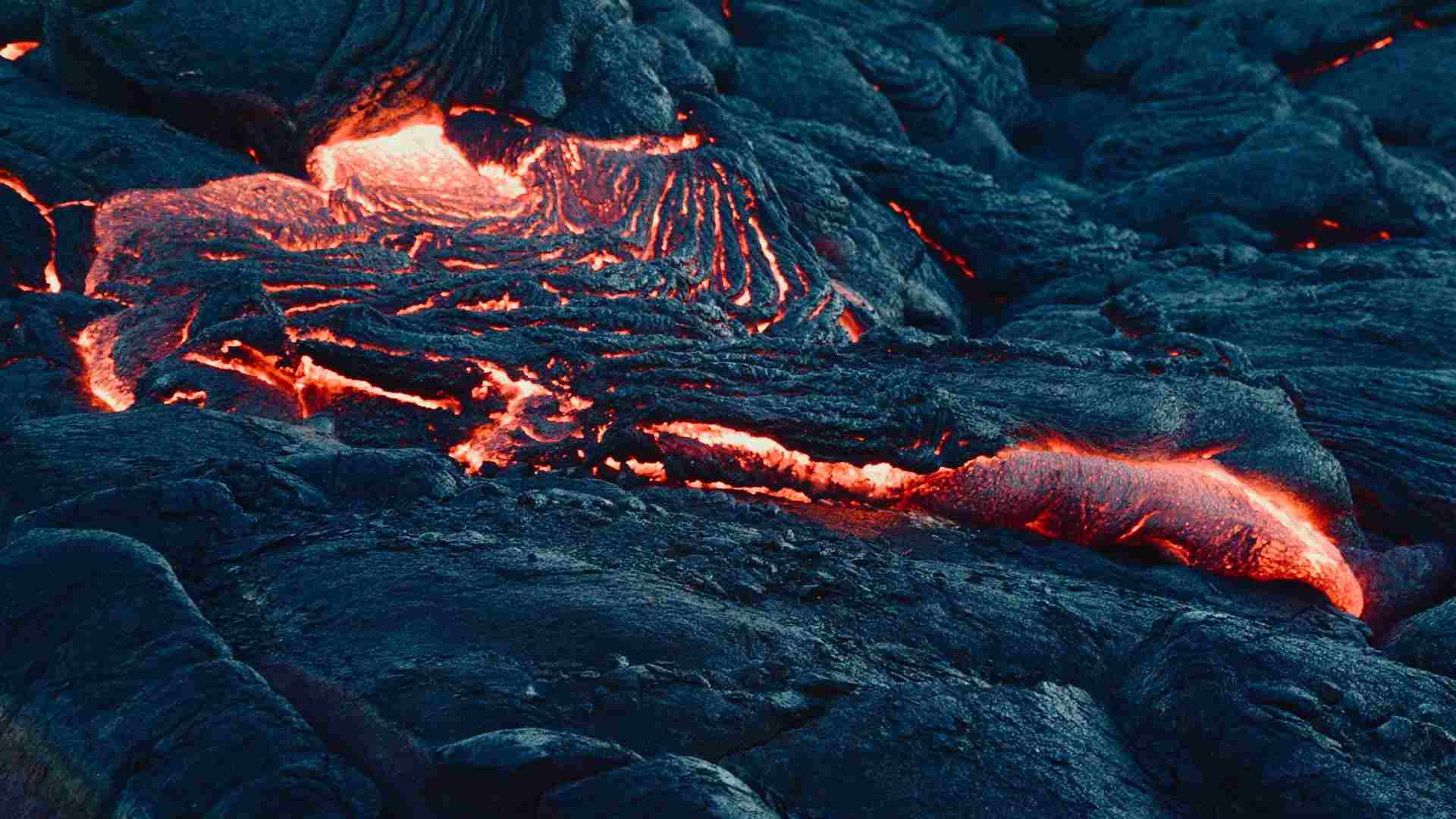
The country of Japan is situated in an area called the “Ring of Fire”. As the name suggests, this area is a ring that runs along the Pacific Ocean.
It has a high concentration of active volcanoes spurred on by tectonic activity in the region. Experts consider Japan’s active volcanoes relentless, with large eruptions occurring at least once every 30 years. The country has 111 active volcanoes near its land area.
Landslide Damage in Japan
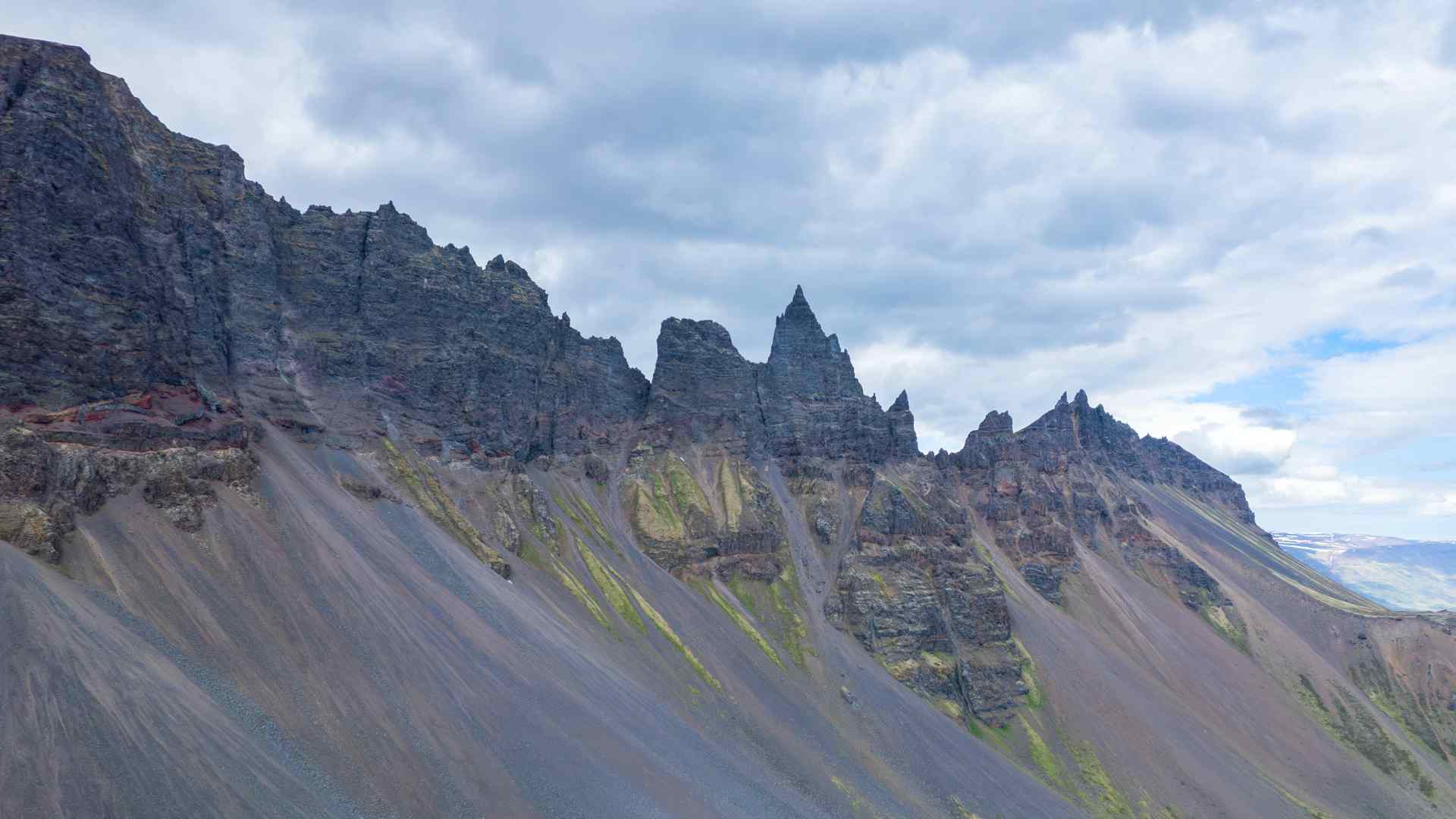
Another natural disaster that Japan has to deal with in great frequency is landslides. Because of Japan’s mountainous areas, landslides can be deadly under periods of heavy rain and earth activity.
As the earth shifts, it causes flowing mud and land to overwhelm buildings and city streets. Residents have to deal with water supply interruption and roadways being obstructed. Landslides can also affect the foundation of buildings, causing them to sink.
Kansai’s Terminal Begining to Sink
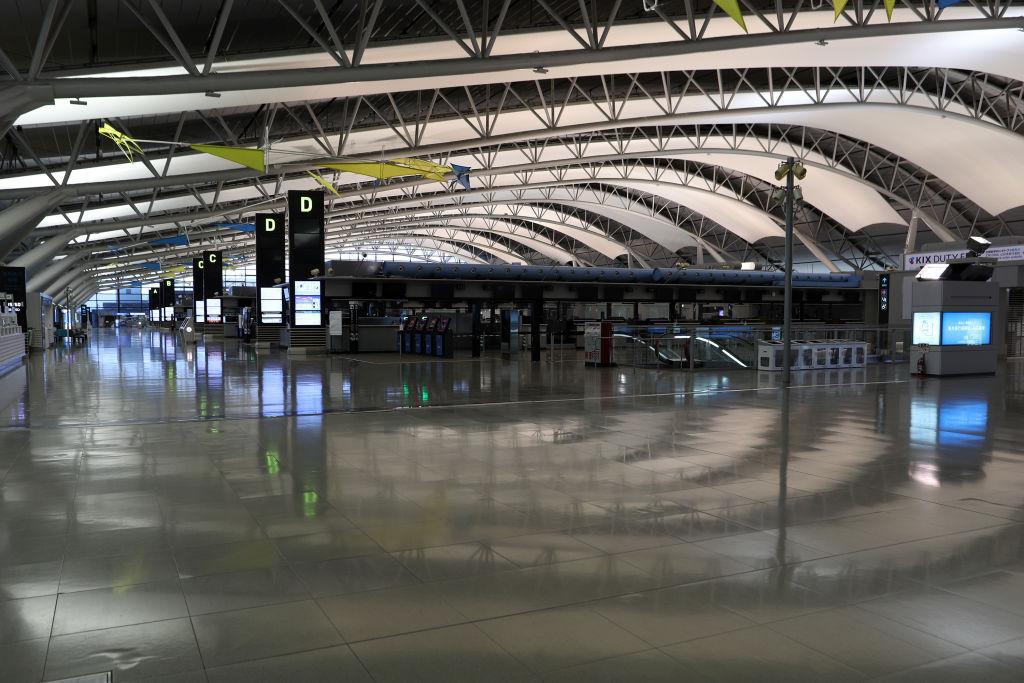
While the airport managed to survive the various disasters brought forth by Mother Nature, it’s now facing its greatest threat, the possibility of sinking.
Engineers predicted that Kansai airport would slowly sink over 50 years but eventually stabilize once it reached 13 feet above the level of the Seto Inland Sea. However, if it sank any further than this, its surrounding sea wall would no longer be able to hold back the waves, and the airport would slowly flood and sink under the ocean.
Areas of Japan are Sinking
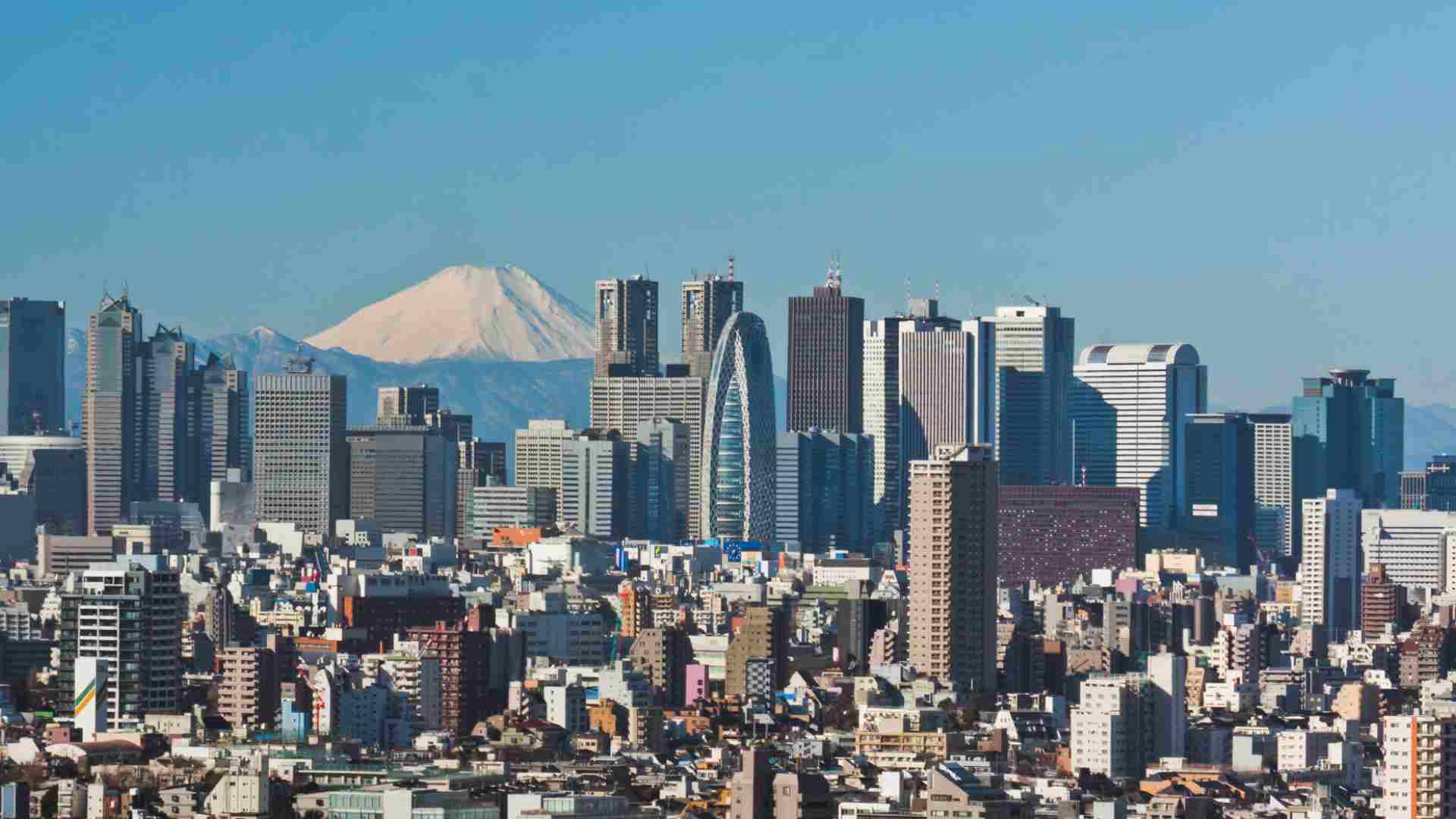
Because of the natural elements and climate of Japan, the country is at risk of sinking in some places. For example, Tokyo has been experiencing sinking of land due to the compacting soil and consequences of intense weather conditions.
Cities have a large number of buildings, which are difficult to replace when the soil beneath them starts to become weak. Weakened foundations make it easy for heavy buildings to start sinking in the ground.
Engineers Fear the Worst
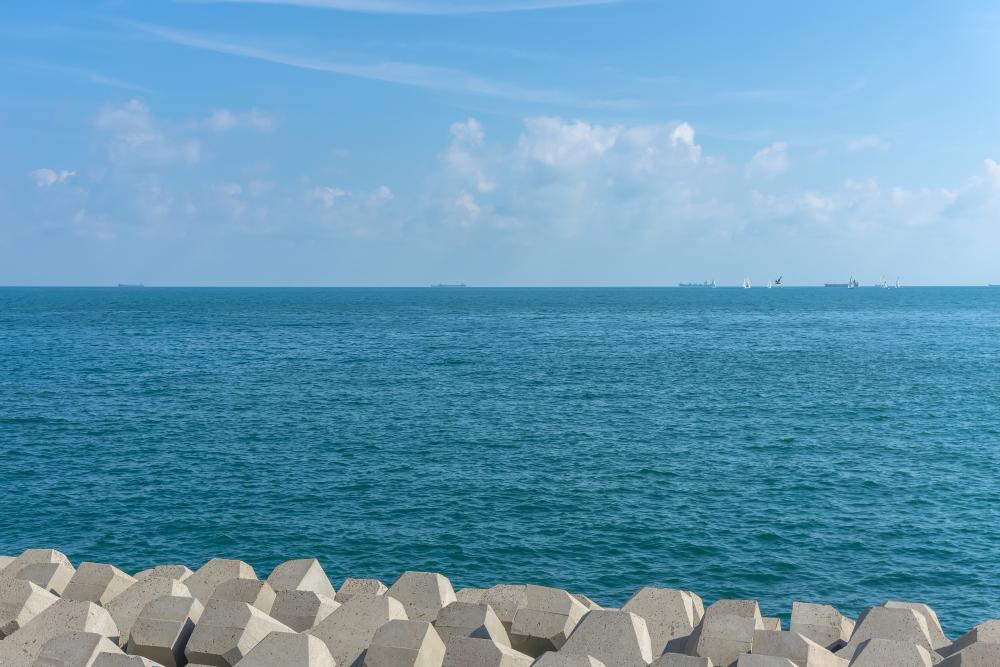
Since opening its doors in the ’80s, Kansai’s artificial islands have sunk an astonishing 38 feet, and it doesn’t look like it plans to stop anytime soon.
One solution was to raise the perimeter sea wall at an additional cost of over $120 million. But experts say it’s probably a little too late to save the airport.
Effectiveness of Seawalls in Japan
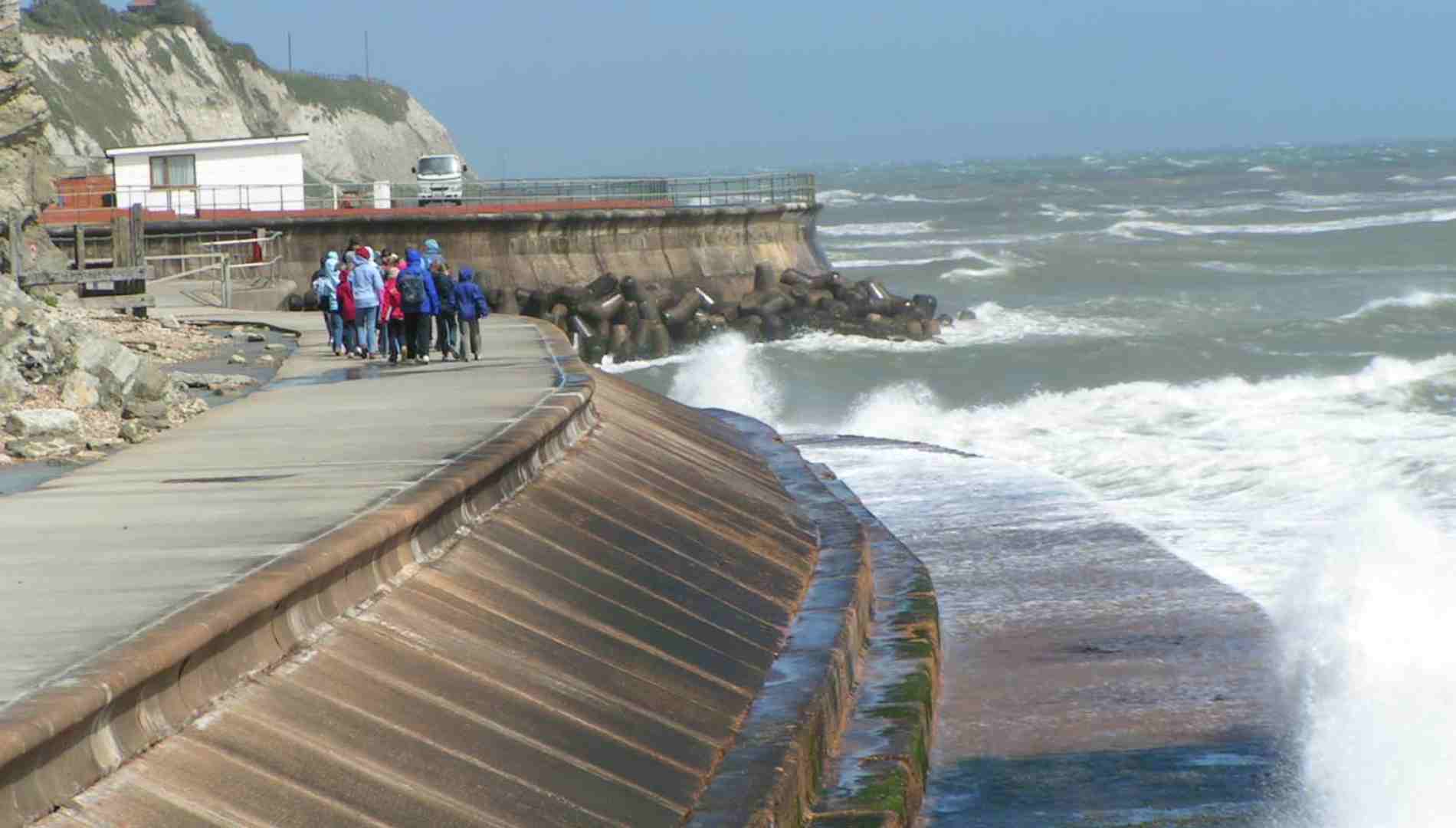
While seawalls can be extremely effective at stopping flooding and halting the advance of tsunamis, their main role is simply to delay the advance of water.
Delaying flooding gives residents more time to evacuate to higher ground. It also helps Japanese infrastructure not get overwhelmed quite quickly by a sudden deluge. Japan’s seawalls are notably strong and developed because of the frequency of weather events.
Kansai Representative Shares Thoughts

Yukako Handa, a Kansai representative, spoke with Smithsonian Mag in 2018, explaining the initial idea of allowing the artificial islands to stabilize at 13ft.
“When the Kansai airport was constructed, the amount of soil to reclaim the land was determined based on necessary ground level and subsidence estimation over 50 years after the construction,” he said.
Initial Foundation Work

To create solid foundations, the workers had to first lay sand atop a spongelike sea bed to give it stability.
Next, over 2 million pipes were laid, each around 16 inches in diameter. The pipes were then hammered into the clay seabed before being filled with sand, all of which aimed at creating a solid foundation. Yet it appears to have failed.
Importance of Foundation
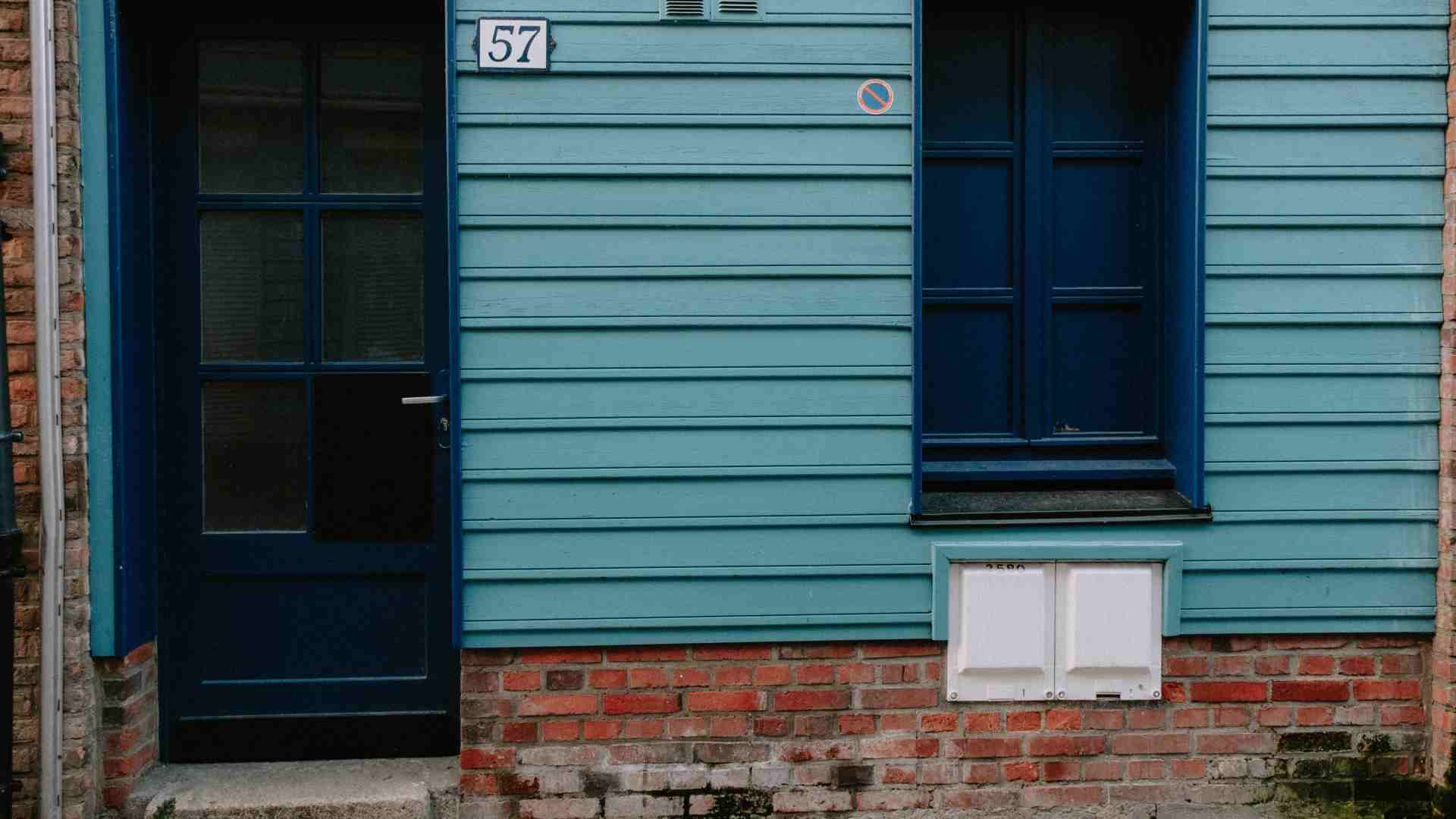
Laying a solid foundation is critical during the initial construction process. A properly built building will stand on terrain that can handle to worst of weather and natural disasters.
If the ground beneath a building becomes weak, it can cause cracks to form which cause damage to the building. Once a foundation has become weak it may be inevitable to abandon the building rather than trying to fix it.
Efforts to Reduce Chance of Sinking
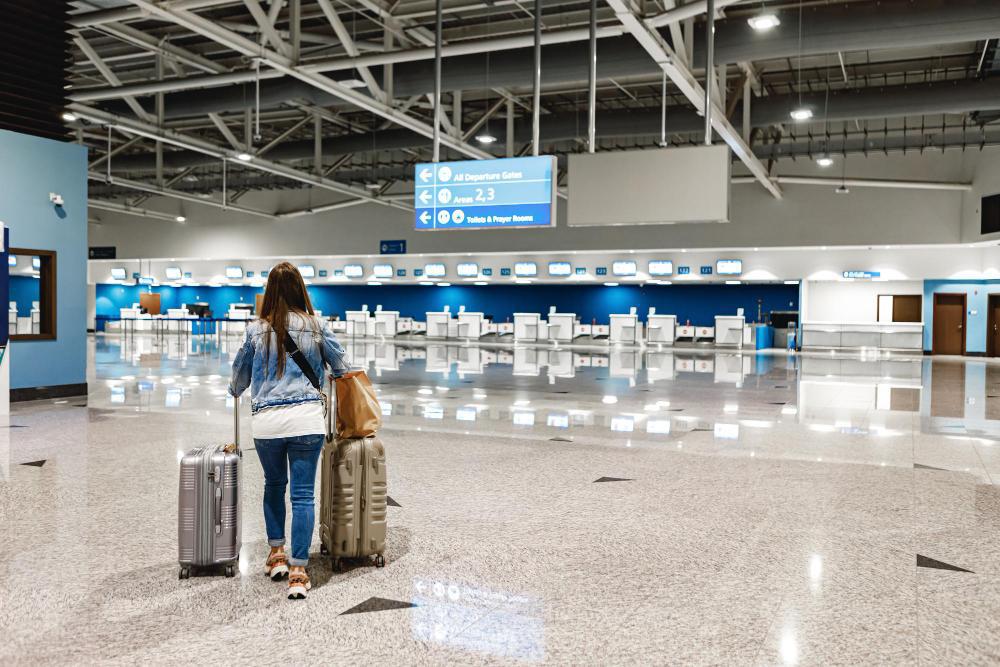
Engineers surmise they’ve done all they can to reduce the chance of Kansai sinking to the point of no return.
Workers were even instructed to hollow out various sections underneath the terminals and even tried to raise the height of the airport columns using hydraulic jacks.
Success Rate of Preventing Buildings from Sinking
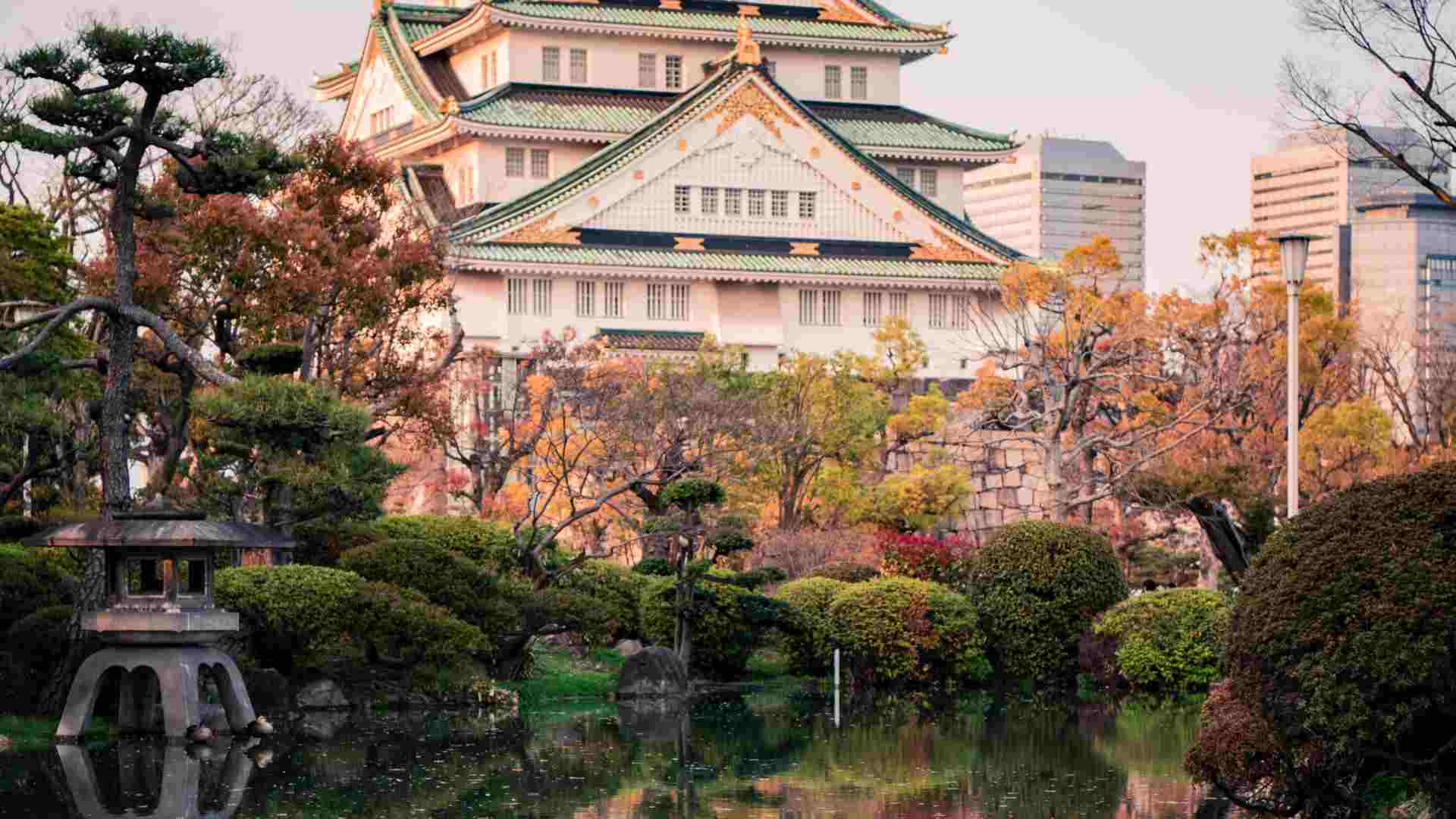
Even if a temporary solution can be figured out to prevent the airport from sinking, the long-term prospects aren’t hopeful.
Land subsidence is difficult to reverse given the the situation in the area. Huge effort would need to be put into replacing groundwater and strengthening the soil underneath the foundation. These efforts would require coordination from the government and maybe ultimately fruitless.
Under Water by 2056

Experts now believe that by 2056, the entirety of the Kansai airport will have sunk a further 13 feet, bringing it to sea level.
It appears the once thriving airport, which could see over 30 million passengers per year, may soon sink beneath the bay of Osaka.
Climate Change is a Factor
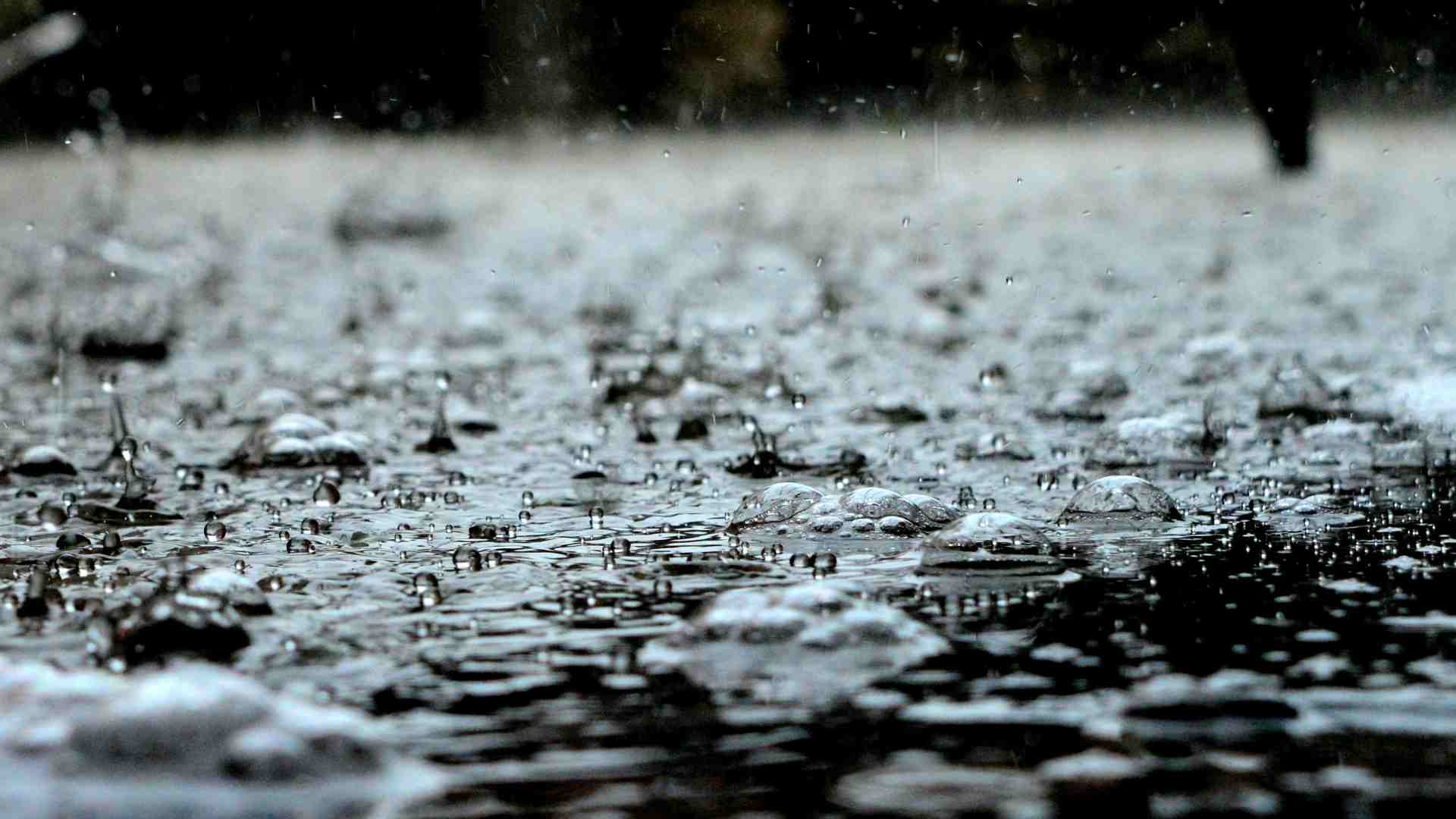
Rising sea levels spurred by the consequences of a changing climate will also contribute to the difficulty of rescuing the airport.
According to the Japan Meteorological Agency, the sea level rise per year is going up. At the beginning of the 1900s sea levels were going down, but in recent years the sea levels have been rising at a rate of more than 60 mm yearly.
Airport Will Sink Separately
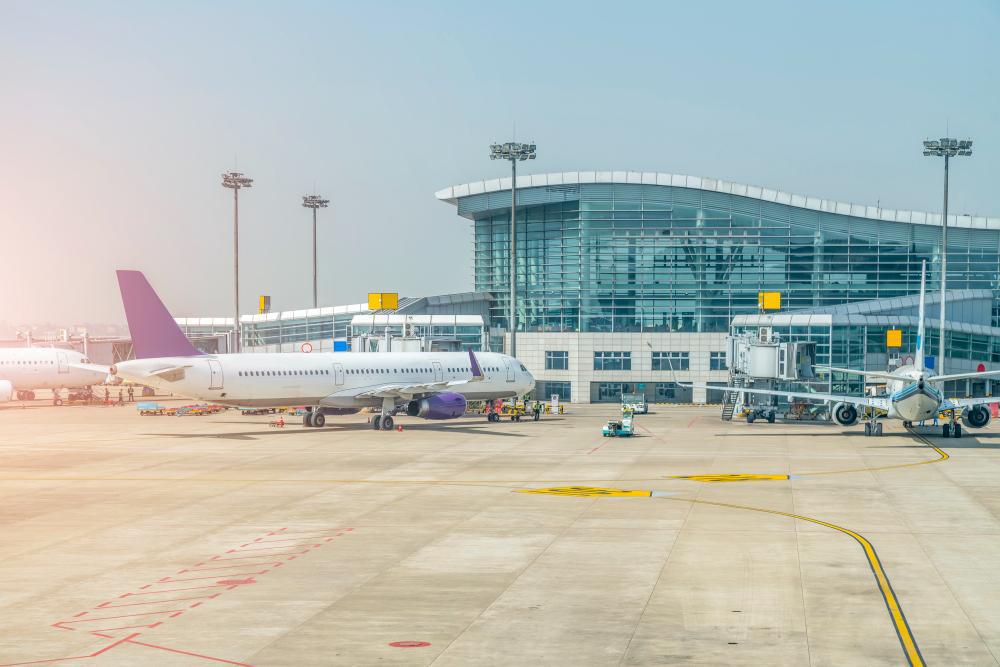
With everything the engineers have done to slow down the rate of sinking, it appears to have been done in vain, as the airport will drop to sea level in just over three decades.
However, problems may arise sooner. The airport is currently sinking in sections, and soon, the runways and other portions of the artificial island may be fairly uneven, possibly resulting in safety hazards.
Kansai Connects the Rest of the World to Japan
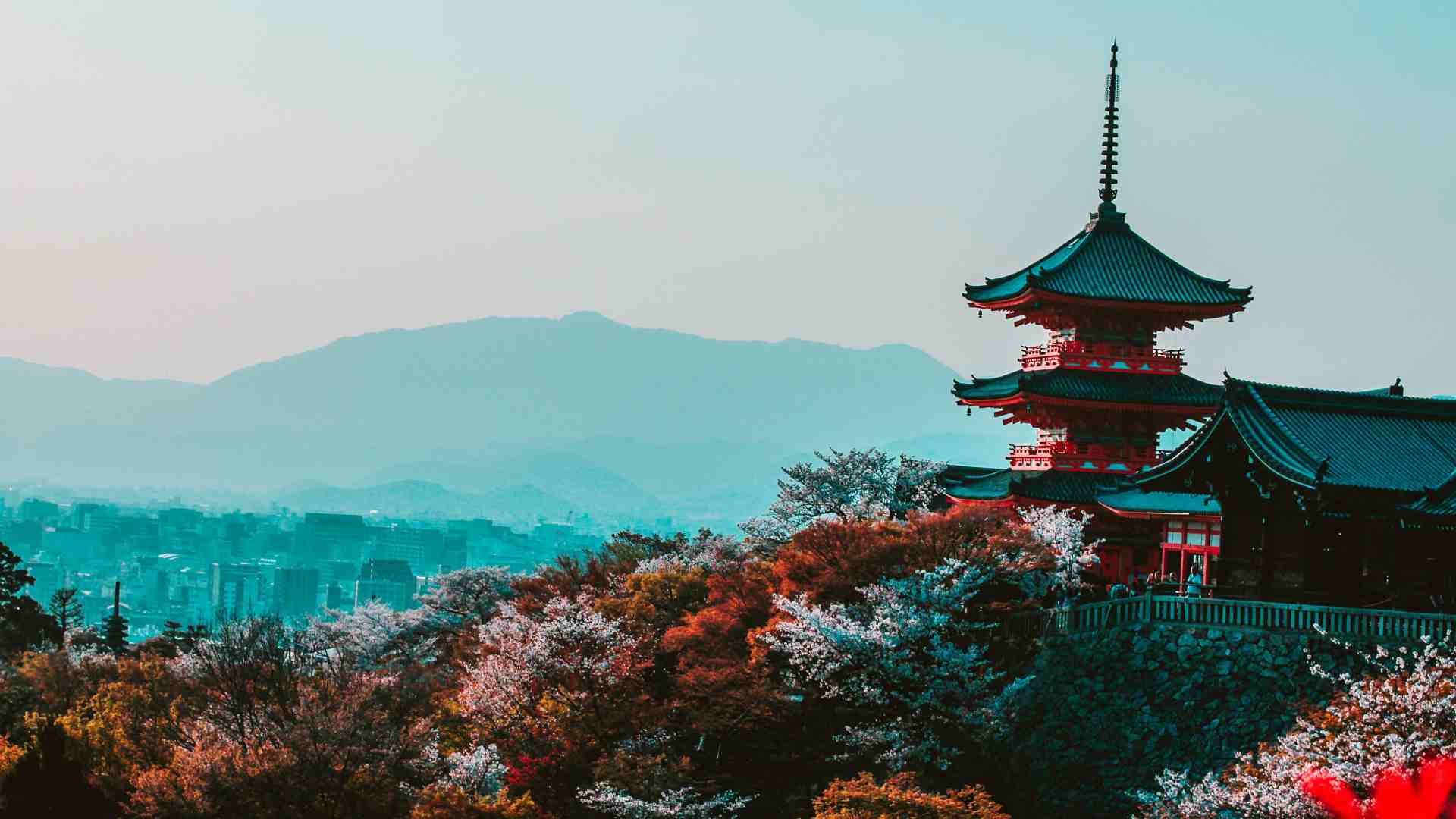
The importance of this airport to Japan’s tourism and travel cannot be understated. Before the construction of the Kansai airport, people visiting Japan had to enter through Tokyo.
Now, people can enter Japan and get connected right to popular destinations like Kyoto, Osaka, Nara, and Wakayama. It is currently the third busiest airport in Japan.
Kansai’s Awards
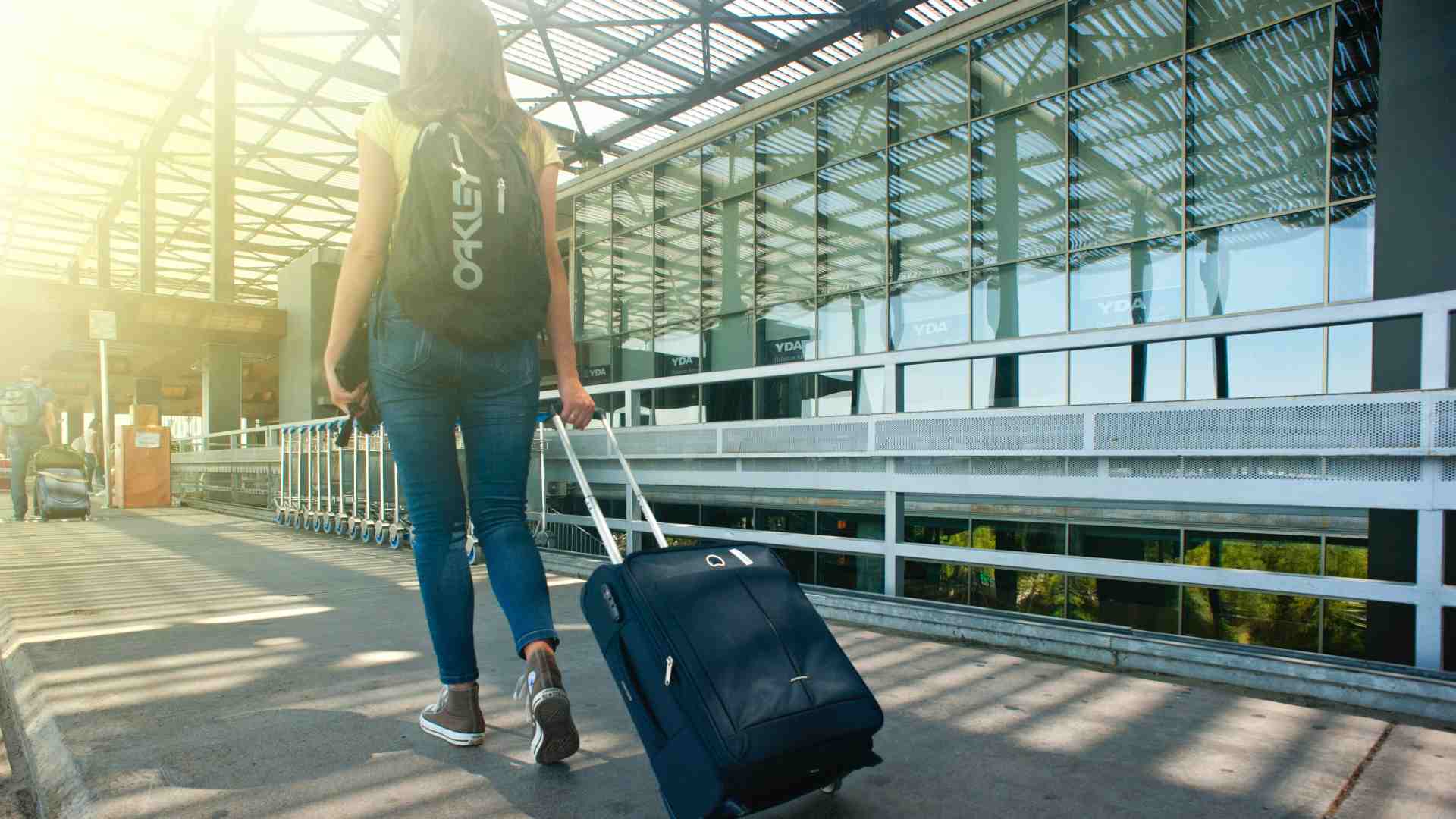
In 2020, this populated airport received multiple Skytrax awards. Skytrax is an airline and airport reviewer headquartered in the UK.
Skytrax won the awards for World’s Best Airport Staff, Best Airport Staff in Asian, and World’s Best Airport Baggage Delivery. During 2022, Kansai were awarded first at the World Airport Awards for “World’s Best Airport Baggage Delivery” and “World’s Best Low-Cost Terminal.
Running Out of Time

According to the engineers, the middle section of Kansai airport is sinking at an alarming rate.
The ends of the main building are sinking at a slower rate. As Osaka is Japan’s third-largest city, engineers are running out of time to devise a long-term plan for one of Asia’s busiest airports.
